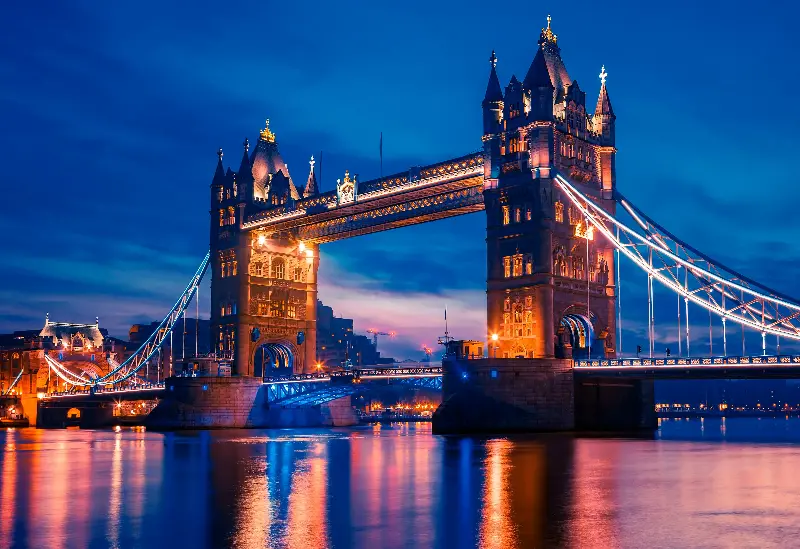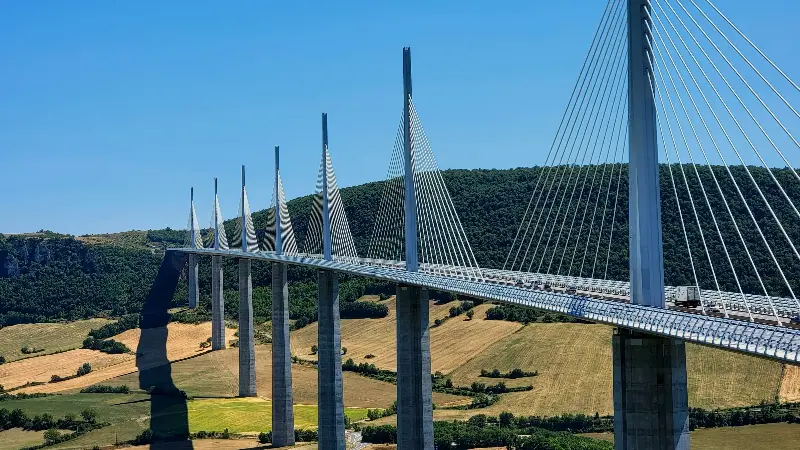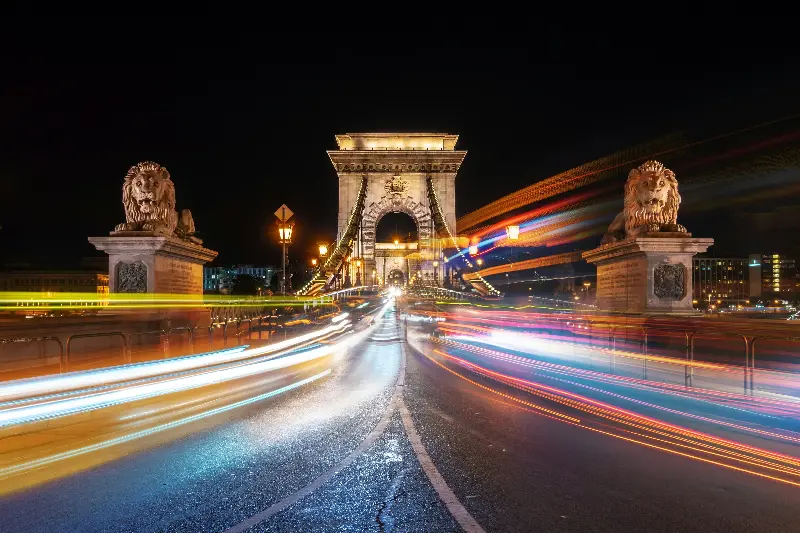
When you think of a city, it’s often the bridges that come to mind—a span gliding over water, lighting up at night, or bustling with people and stories. Bridges do far more than connect two shores; they knit together history, ambition, and culture, transforming the skylines and very souls of cities. Today, we’ll travel across continents, discovering how these awe-inspiring structures shape dreams, cities, and the arc of history itself.
Connecting More Than Shores: The Power of Bridges

Bridges are the silent architects of the urban silhouette. They enable movement, boost economies, and foster growth. But each iconic bridge is also a testament to the ingenuity and resilience of its era.
Consider London’s Tower Bridge, completed in 1894, an emblem of Victorian engineering and Gothic beauty. It doesn’t just span the River Thames; it weaves itself into the tapestry of British culture, its twin towers rising with stoic pride. Meanwhile, the Sydney Harbour Bridge, affectionately called the “Coathanger,” has marked Australia’s aspirations since 1932, welcoming the world to a modern nation filled with hope.
Every bridge tells a unique story—a blend of ambition, artistry, and community.
Dreams Set in Stone and Steel: Historical Marvels

The history of a city can often be traced through its bridges. Take the Great Belt Fixed Link in Denmark, a sweeping expanse connecting islands and symbolising unity. Or the iconic Brooklyn Bridge of New York—opened in 1883, it was once the longest suspension bridge on Earth. Suspended over the bustling East River, it became an emblem of human perseverance, constructed under extraordinary hardship and vision.
Let’s pause to marvel at:
- The Golden Gate Bridge (San Francisco): Painted “International Orange,” its Art Deco towers and sweeping cables have inspired artists and dreamers since 1937.
- Viaduc de Millau (France): Soaring higher than the Eiffel Tower, it cuts through the clouds, a symbol of 21st-century daring and design.
- Rialto Bridge (Venice): This graceful stone span has linked merchants and travellers for centuries, arching over the Grand Canal amid a city built on water.
Bridges are living lessons in overcoming obstacles, blending innovation and heritage with every arch and beam.
Shaping Urban Identity: The Impact on Cities and Citizens

Bridges aren’t just infrastructure—they become the pulse of city life. They host festivals, protests, and quiet strolls at dawn, shaping the way people gather and interact. Many urban bridges double as public spaces and cultural canvases, reflecting a city’s values and aspirations.
For example:
- Chain Bridge (Budapest): This historic bridge doesn’t just join Buda and Pest—it symbolises Hungary’s unity and modernisation.
- Helix Bridge (Singapore): An architectural marvel, with a DNA-inspired structure, bridging technology and nature in a futuristic cityscape.
To walk a bridge is to cross not only physical boundaries but also the limits of imagination.
Enduring Lessons: Bridges in Education and Inspiration
For learners of all ages, bridges prompt us to consider engineering, art, and history in one elegant package. They spark questions: How do you make steel float? How did ancient builders bridge rivers without modern machinery? Every bridge invites us to think big and act boldly.
- Engineers study their structure and stress points.
- Historians trace the social and economic revolutions these connectors have kindled.
- Artists draw inspiration from their sweeping lines and rhythmic patterns.
In classrooms and cities alike, bridges remind us: solutions are possible, even to the greatest divides.
What other stories linger in the shadows of city bridges, waiting to be uncovered or crossed? Perhaps next time you spot a grand span on the horizon, you’ll pause—not just to admire its beauty, but to wonder about the dreams and courage that brought it into being.
